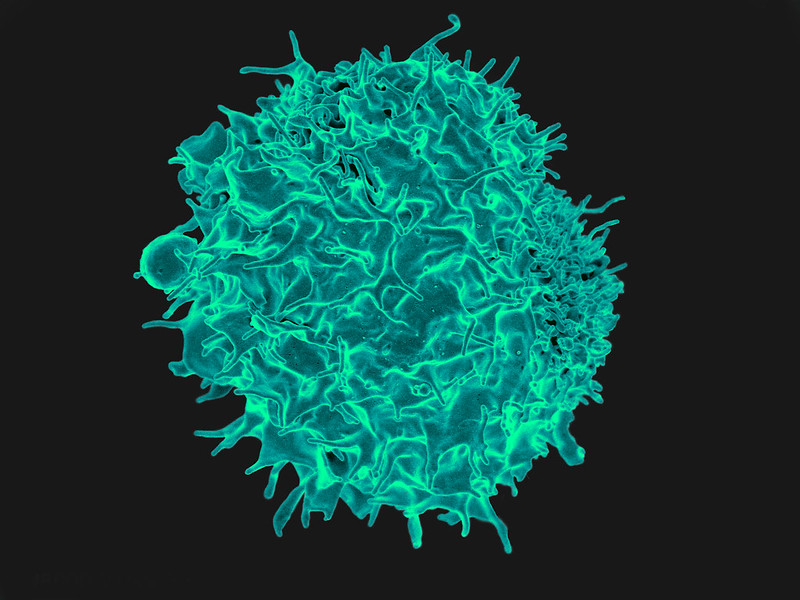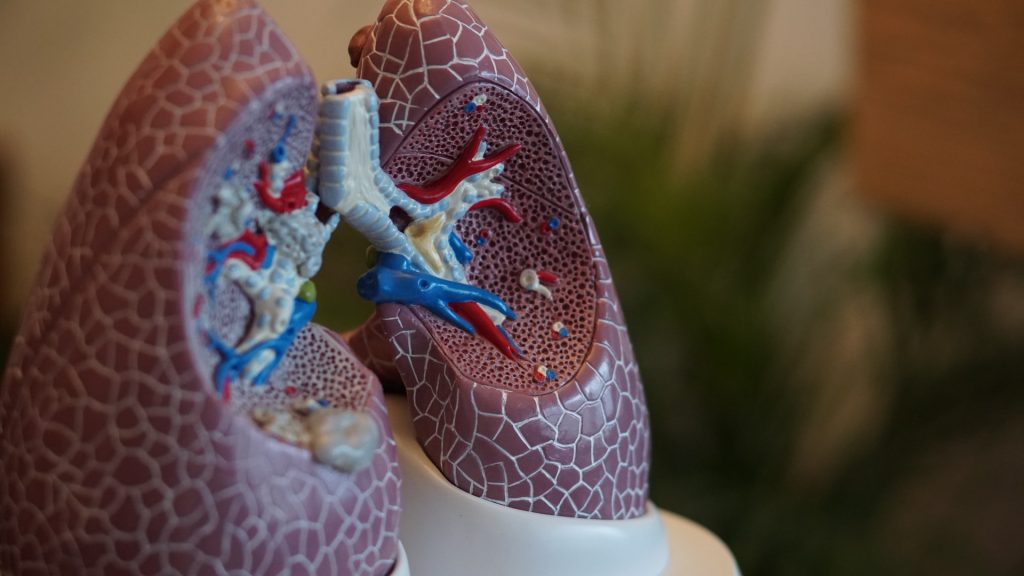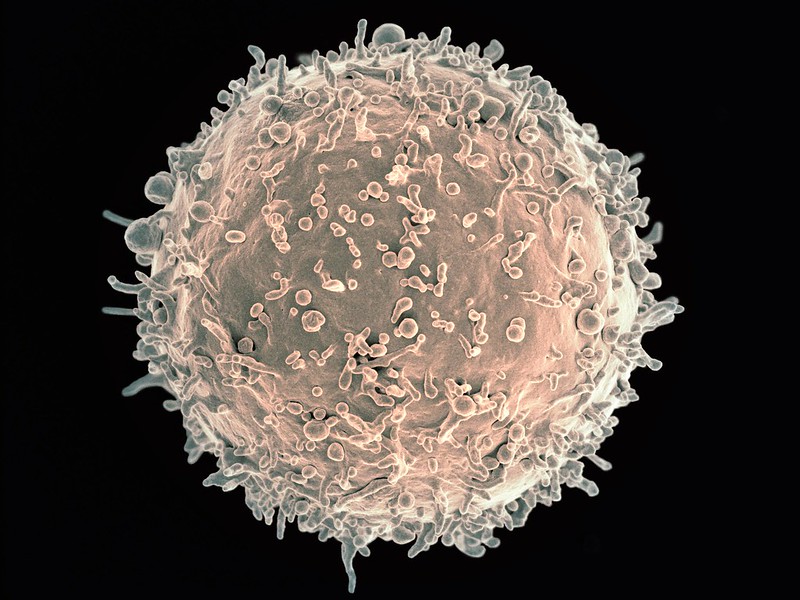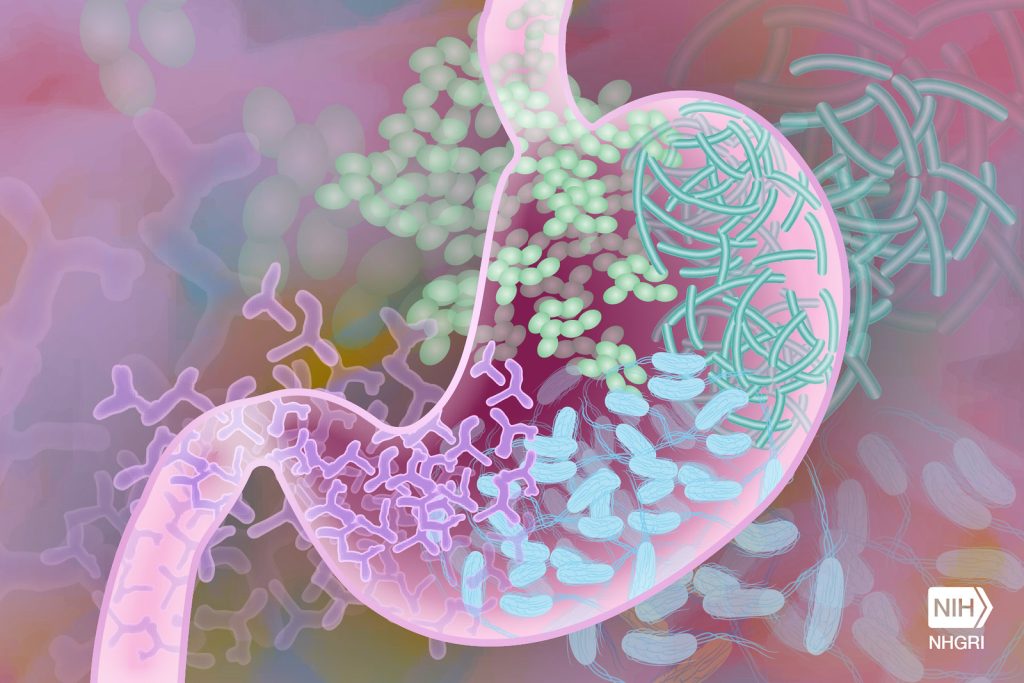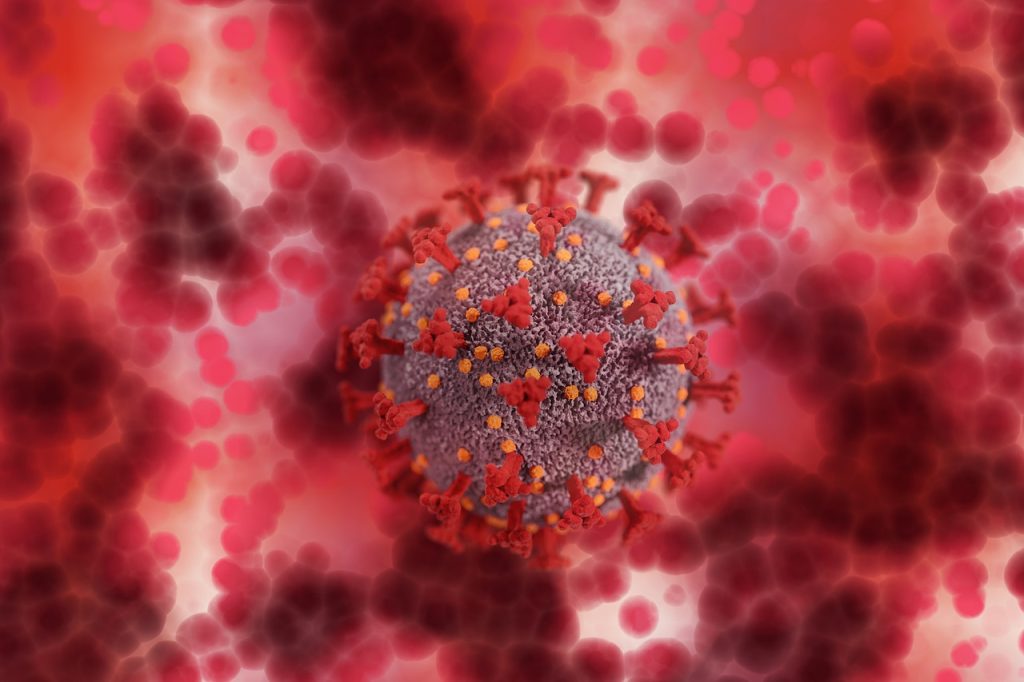Regulatory T Cells Play a Surprising Role in Hair Growth

In an unexpected finding in studying alopecia, scientists have uncovered an unexpected link between T cells and hair growth, which could potentially be used to treat the condition. The findings, published in Nature Immunology, describe how regulatory T cells interact with skin cells using a hormone as a messenger to generate new hair follicles and hair growth.
Alopecia is an autoimmune condition where the immune system attacks the hair follicles, resulting in hair loss.
“For the longest time, regulatory T cells have been studied for how they decrease excessive immune reactions in autoimmune diseases,” explained Ye Zheng, associate professor at the Salk Institute and the paper’s corresponding author. “Now we’ve identified the upstream hormonal signal and downstream growth factor that actually promote hair growth and regeneration completely separate from suppressing immune response.”
Initially, the researchers were investigating the roles of regulatory T (Treg) cells and glucocorticoid hormones in autoimmune diseases. (Glucocorticoid hormones are cholesterol-derived steroid hormones produced by the adrenal gland and other tissues.) They first investigated how these immune components functioned in multiple sclerosis, Crohn’s disease and asthma.
They found that glucocorticoids and Treg cells did not function together to play a significant role in any of these conditions. So, they thought they’d have more luck looking at environments where Treg cells expressed particularly high levels of glucocorticoid receptors (which respond to glucocorticoid hormones), such as in skin tissue. The scientists induced hair loss in normal mice and mice lacking glucocorticoid receptors in their Treg cells.
“After two weeks, we saw a noticeable difference between the mice — the normal mice grew back their hair, but the mice without glucocorticoid receptors barely could,” says first author Zhi Liu, a postdoctoral fellow in Associate Prof Zheng’s lab. “It was very striking, and it showed us the right direction for moving forward.”
The findings suggested that some sort of communication must be occurring between Treg cells and hair follicle stem cells to allow for hair regeneration.
The scientists then investigated how the regulatory T cells and glucocorticoid receptors behaved in skin tissue samples, and found that glucocorticoids instruct the Treg cells to activate hair follicle stem cells, leading to hair growth. This crosstalk between the T cells and the stem cells depends on a mechanism whereby glucocorticoid receptors induce production of the protein TGF-beta3, all within the regulatory T cells. TGF-beta3 then activates the hair follicle stem cells to differentiate into new hair follicles, promoting hair growth. Additional analysis confirmed that this pathway was completely independent of regulatory T cells’ ability to maintain immune balance.
However, Treg cells don’t normally produce TGF-beta3, as they did here. A database search revaled that this phenomenon occurs in injured muscle and heart tissue, similar to how hair removal simulated a skin tissue injury in this study.
“In acute cases of alopecia, immune cells attack the skin tissue, causing hair loss. The usual remedy is to use glucocorticoids to inhibit the immune reaction in the skin, so they don’t keep attacking the hair follicles,” said Associate Prof Zheng. “Applying glucocorticoids has the double benefit of triggering the regulatory T cells in the skin to produce TGF-beta3, stimulating the activation of the hair follicle stem cells.”
This study revealed that Treg cells and glucocorticoid hormones are not just immunosuppressants but also have a regenerative function. Next, the scientists will look at other injury models and isolate Treg cells from injured tissues to monitor increased levels of TGF-beta3 and other growth factors.
Source: Salk Institute


